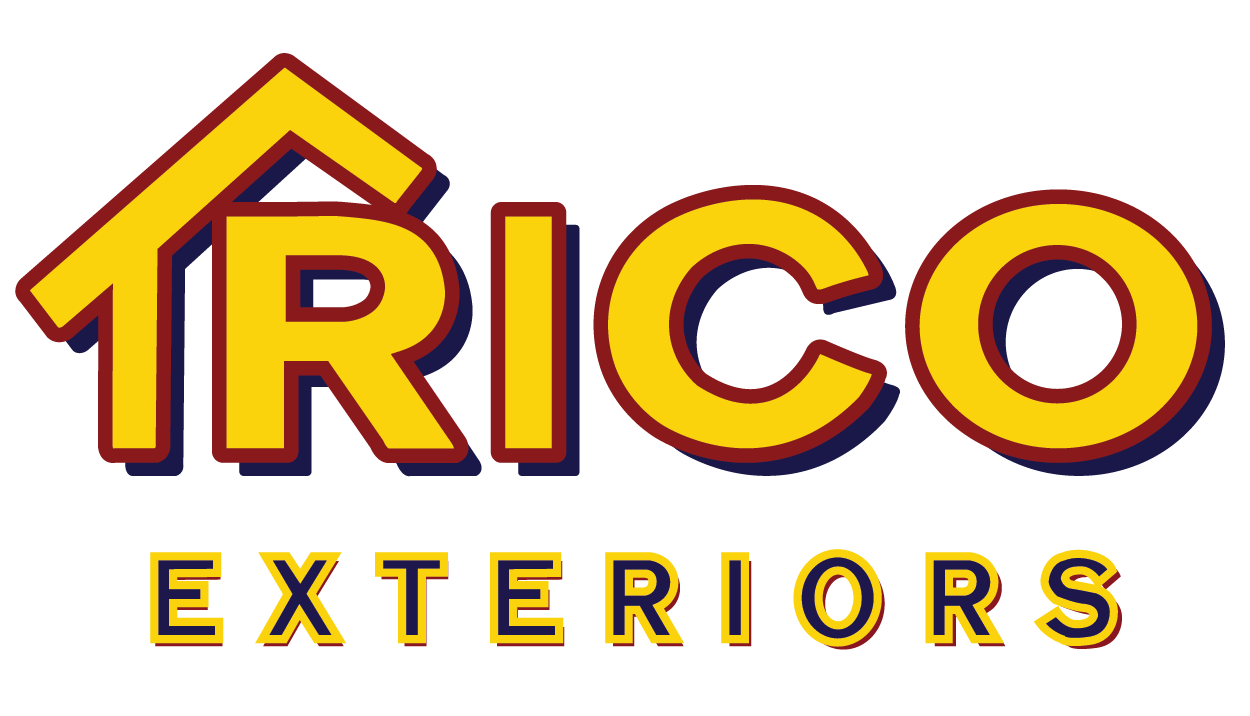
Every day your home’s roof takes a beating. Strong winds, scorching heat, heavy rain, and hail, day after day your roof is there protecting your home and family. All this relentless weather can leave your roof damaged, and cause harmful leaks to your home’s interior!
Time to take a look at some obvious (and not so obvious) signs your home may have suffered storm damage, and how to deal with your insurance carrier when scheduling repairs.
What Storm Damage Might Look Like
Sometimes the damage is obvious for example if a tree limb crashes into your roof knocking off shingles. Other times the signs might be less obvious like wet walls, water issues around your home’s exterior, water spots on a ceiling, damaged roof flashing, or broken, curled or damaged shingles.
Look for signs like:
- Shingle Condition – Missing shingles are obvious, but also pay attention to granule buildup in gutters and around downspouts. This can be an early sign of damage.
- Missing or Damaged Flashing – Look along the edges of the roof and around vents, chimneys, and skylights.
- Loose or Peeling Sealant – This will also be visible around vents, chimneys, and skylights.
- Water Damage – Check your attic or look along the edges of your ceiling.
There are other signs which might be less obvious and require an inspection to detect. For example, problems with the underlayment or roof decking caused by wind or impact. Often, the best option is to have your roof inspected by a professional after a major storm or if you suspect, or see, there are signs of damage.
What About Insurance?
Once you’ve determined your roof was damaged during a weather event, your contractor will put together an estimate for repairs. Often, repairs are covered by your homeowner’s insurance, but this isn’t always the case. Figuring out what your insurance covers and does not cover can be confusing. Work with a roofing contractor who understands what documentation you need for the claims process.
Typically, homeowner’s insurance covers your roof in cases where it’s damaged from events beyond your control, like a fire. Your policy will also usually cover extreme weather events, or “acts of God,” like hurricanes or tornados. Roof damage caused by moderate weather incidents like hail, wind, and rain may also be covered. Be aware that some insurances do not cover these automatically; talk to your agent to know if you need supplemental insurance.
However, there are several factors affecting your homeowner’s coverage. The age of your roof and the area of the country you live in are two examples. If you’re unsure what your homeowner’s insurance may cover you should contact your insurance provider. They can provide more information and go over the specifics of your policy, including what’s covered and the deductibles involved.
It’s best to take a proactive approach and speak with your agent or provider before you need to file a claim. If certain repairs are not covered, you may be able to purchase supplemental insurance to cover you.
Depending on your policy, replacement coverage may provide for returning the roof to a “brand new” condition in the event a covered event takes place. Meanwhile, repair coverage usually takes depreciation of the roof into account. This means you will get a percentage of the replacement cost based on your roof’s material and age.
Filing A Claim
The first step is to assess the damage. Have a professional contractor inspect your roof for damage. They will write up an estimate for the work and have it prepared for the insurance adjuster. The contractor should be able to help you know if the damages are covered under your insurance and help answer any questions your insurance will have.
Your insurance company will ask some form of these two questions like:
- When did the damage occur?
- What type of damage did your home sustain?
They will then schedule an adjuster to come and inspect your roof. It’s a good practice to have your roofing contractor on sight to walk through the inspection with your adjuster to show them exactly where and what the damage is.
If the adjuster determines you have a claim, the contractor will provide them with the estimate they drafted earlier. This is where it’s important to have a skilled professional on sight to make sure everything is included in your claim.
Working with a local roofer is important when repairing storm damage. They inspect your roof and can help you provide the necessary damage documentation your insurance company will need to determine if the storm damage to your roof is covered. Since 1973, Tri County has been providing top-quality roof replacement and repair to residents of Charleston, Myrtle Beach, and Hilton Head. Call today for a free inspection and estimate.




